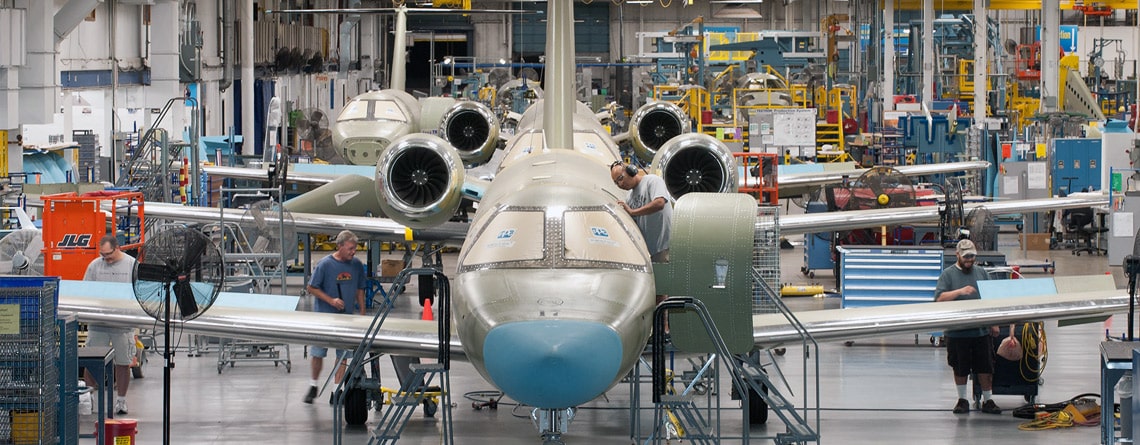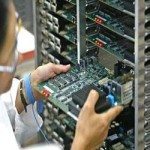Energy Saving VFD
Over the past decade, energy saving VFD drives have allowed to become a cost efficient way to reduce power costs and increase system production efficiency. Approximately one third of the world’s electrical energy is supplied by electric motors in fixed-speed centrifugal pump, fan, and air compressor applications. These fixed-speed applications don’t always require the full load speed (RPM) of the electric motor in which they’re operating. By installing an energy saving VFD drive to these applications, the motor speed is reduced, and power costs can be reduced by 50% or more.This energy savings is often significant enough to pay for energy saving VFD drives within a few months.
Energy Saving VFD – Applications
Energy saving VFD drives are used in many applications such as swimming pool pumps, air compressors, conveyor belts, lathes, mills, food processing, plastic extrusion, waste water treatment pumps, HVAC fans and blowers, and many more. Energy saving VFD drivesare used in manufacturing to increase or decrease the acceleration and deceleration times on alternating current (AC) motors.
Adjusting the acceleration and deceleration time on electric motors can extend the motor’s lifespan, and can also improve efficiency on production demands. Energy saving VFD drives can also provide the ability to control the frequency of starting and stopping an AC motor.This ability provides a means by which an AC electric motor is only operating when needed for the equipment it’s rotating, and electric motors have a longer lifespan if they are not continuously operating when they don’t need to be.
 Utilizing energy saving VFD drives can greatly increase power savings in food processing, plastic extrusion, waste water treatment, and many other manufacturing sites. Many manufacturers apply energy saving VFD drives to their rotating equipment because they reduce amperage spikes upon start up of large electric motors.Choosing the right energy saving VFD drive for an application will increase power savings on utility bills, increase production flow, and will benefit rotating equipment by providing less wear on the electric motors where applied.
Utilizing energy saving VFD drives can greatly increase power savings in food processing, plastic extrusion, waste water treatment, and many other manufacturing sites. Many manufacturers apply energy saving VFD drives to their rotating equipment because they reduce amperage spikes upon start up of large electric motors.Choosing the right energy saving VFD drive for an application will increase power savings on utility bills, increase production flow, and will benefit rotating equipment by providing less wear on the electric motors where applied.
The use of energy saving VFD drives on variable torque loads for the purpose of gaining energy savings is a common goal. VFD drives operate as load controls within applications that may accomplish up to 50% reduction in energy costs.In general, an electric motor will turn at a rate proportional to the frequency of the alternating current (AC) applied to it.The majority of VFD drives in the market today contain electronic circuitry that converts 60 Hertz Line power into direct current. The VFD converts this line power into a pulsed output voltage that duplicates varying alternating current to a desired frequency (speed).A properly applied energy saving VFD Drive will significantly reduce operating costs. This is particularly true for variable torque loads such as:
- Fans
- Blowers
- Pumps
Blowers, for example, are often used with dampers to control air flow. These dampers may be operated either manually or automatically. When dampers are closed, 50% of the electric motor current will drop to approximately 60% of Full Load nameplate current. By utilizing an energy saving VFD drive in this application, current draw in the motor will be reduced 30% for every 10% drop in speed. The same electric motor operating froman energy saving VFD drive, at 50% speed, will draw approximately 20% of the full load current.
Example Application:
A 10 horsepower AC electric motor, rated 90% efficient, operating across the line (without an energy saving VFD) with the dampers operating between 50 70%, for 2000 hours per year will require 11,996 KWH. If your KWH charge is $.08 per KWH, the cost to run this motor will be: $1,248.00 annually.
The same 10 horsepower electric motor operating from an energy saving VFD Drive, between 50 70% speed for 2000 hours per year will require 4,676 KWH. Operating cost at the same KWH rate will be: $432.00 per year. This represents a savings of $816.00 per year and should be enough to pay for the energy saving VFD investment and installation costs in the first 12 months of operation.
If any electric motor application operates more hours than in the above example, and/orthe KWH charge is higher, the savings will quickly compound.
Energy Saving VFD – Repair Versus Replacement
In our ever growing world of technology, energy saving VFD drives have over the past decade allowed to become a cost efficient way to reduce power costs and increase system efficiency. Today manufacturers around the globe within a wide range of industries are finding more ways to apply energy saving VFD drives to their rotating equipment.From past experience, smaller horsepower VFD drives typically fail in eight years and are more often replaced rather than repaired.
Larger horsepower VFD drives last longer by virtue of repairs that often require replacement of circuit boards and other electrical components. After bearing the cost of two or three replacement boards in any one VFD drive, the user often realizes that the drive should have been junked sooner.








